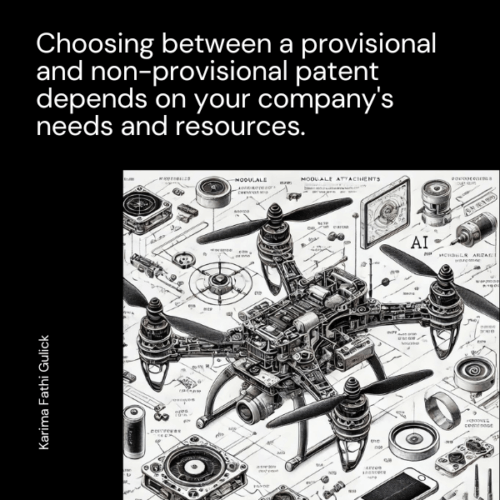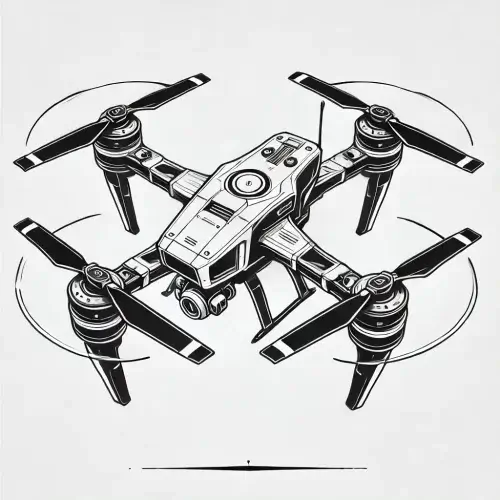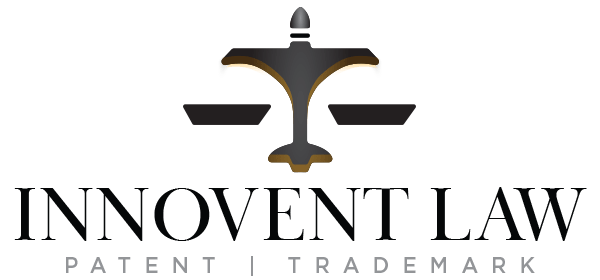Provisional vs. Non-Provisional Patents: What Companies Need to Know
In the competitive world of innovation, securing your intellectual property is crucial. Companies must understand the nuances between provisional and non-provisional utility patent applications to make informed decisions. Both application types serve different purposes and have different requirements. Choosing the right application type can significantly impact your patent strategy.

What is a Provisional Patent Application?
A provisional patent application is a legal document filed with the USPTO that establishes an early filing date but does not mature into an issued patent unless further steps are taken. It provides a lower-cost first patent filing and allows the term “patent pending” to be applied. This application is not examined on its merits for patentability.
Benefits of Provisional Patent Application:
- Lower initial cost
- 12-month period after filing to refine the invention
- Establishes an early filing date
For more details, visit the USPTO Provisional patent application.
What is a Non-Provisional Utility Patent Application?
A non-provisional utility patent application is a formal application for a patent. It begins the patentability examination process and can lead to an issued patent if approved. This application must include a detailed description of the invention, claims defining the invention, drawings, an oath or declaration, and the required fees.
Benefits of Non-Provisional Utility Patent Applications:
- Only way that leads to a patent grant
- Provides enforceable patent rights of exclusivity
- Detailed patentability examination process ensures robust protection
For more information, see the USPTO Non provisional patent application.
Difference Between Provisional and Non-Provisional Utility Patent Applications
Understanding the difference is essential for innovative companies. A provisional patent application is a temporary placeholder that gives inventors time to refine their invention and secure funding. In contrast, a non-provisional patent application initiates the formal patentability examination process and can result in an issued patent.
Key Differences:
- Provisional Patent Applications: Lower cost, temporary, no formal patentability examination
- Non-Provisional Patent Applications: Higher cost, formal patentability examination, potential patent grant
For a detailed comparison, visit Difference between provisional and non provisional patent.
How to File a Provisional Utility Patent
Filing a provisional utility patent involves several steps:
- Prepare a Detailed Description: Write a clear and comprehensive description of your invention.
- Include Drawings: Provide drawings that illustrate your invention.
- Complete the Application Data Sheet (ADS): This form includes bibliographic data.
- Submit the Filing Fee: Pay the required fee to the USPTO.
- File Electronically: Use the USPTO’s Electronic Filing System (EFS-Web).
This process establishes your filing date and allows you to use “patent pending” status. For more guidance, check out What’s a utility patent.
Example of a Non-Provisional Utility Patent Application
An example non-provisional utility patent application typically includes the following components:
- Title of the Invention
- Abstract: A brief summary of the invention.
- Background: Explanation of the problem the invention solves.
- Detailed Description: In-depth description of the invention and how it works.
- Claims: Legal definitions of the invention’s scope.
- Drawings: Visual representations of the invention.
- Oath or Declaration: Statement by the inventor.
This comprehensive documentation is crucial for the USPTO to assess the patentability of the invention.

Why Choose One Over the Other?
Choosing between a provisional and non-provisional patent depends on your company’s needs and resources. A provisional patent is ideal for early-stage inventions needing further development. It provides time to refine the invention and assess its market potential. Conversely, a non-provisional patent is suitable for inventions ready for market entry, offering stronger legal protection and enforceable rights.
Key Considerations for Companies
When deciding on a patent strategy, consider the following:
- Stage of Development: Is the invention fully developed or still in progress?
- Budget: What are the available resources for patent filing and maintenance?
- Market Readiness: Is the invention ready for commercial use?
- Long-term Strategy: How does the patent fit into your overall business plan?
These considerations will help you choose the right type of patent application and ensure effective protection for your innovation.
Advantages and Disadvantages
Provisional Patent Advantages:
- Lower initial filing cost
- Early priority date
- Flexibility and time to refine the invention
Provisional Patent Disadvantages:
- No patentability examination
- Expires 12 months after filing
Non-Provisional Patent Advantages:
- Formal patentability examination
- Potential for enforceable patent rights
- Long-term protection (20 years from the earliest filing date not including provisional application)
Non-Provisional Patent Disadvantages:
- Higher filing and prosecution cost
- Complex application and examination process
Understanding the nuances between provisional vs. non-provisional utility patent applications is crucial for companies looking to protect their innovations. Each application type serves different purposes and has unique benefits. By carefully evaluating your invention’s stage, budget, and market readiness, you can make informed decisions about which patent application to file. For professional guidance and assistance, contact Innovent Law today. Visit our contact page to schedule a consultation.
For more information on patent costs, explore our Patent Pricing page. Protect your innovations and secure your business’s future with the right patent strategy.
